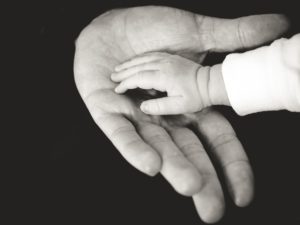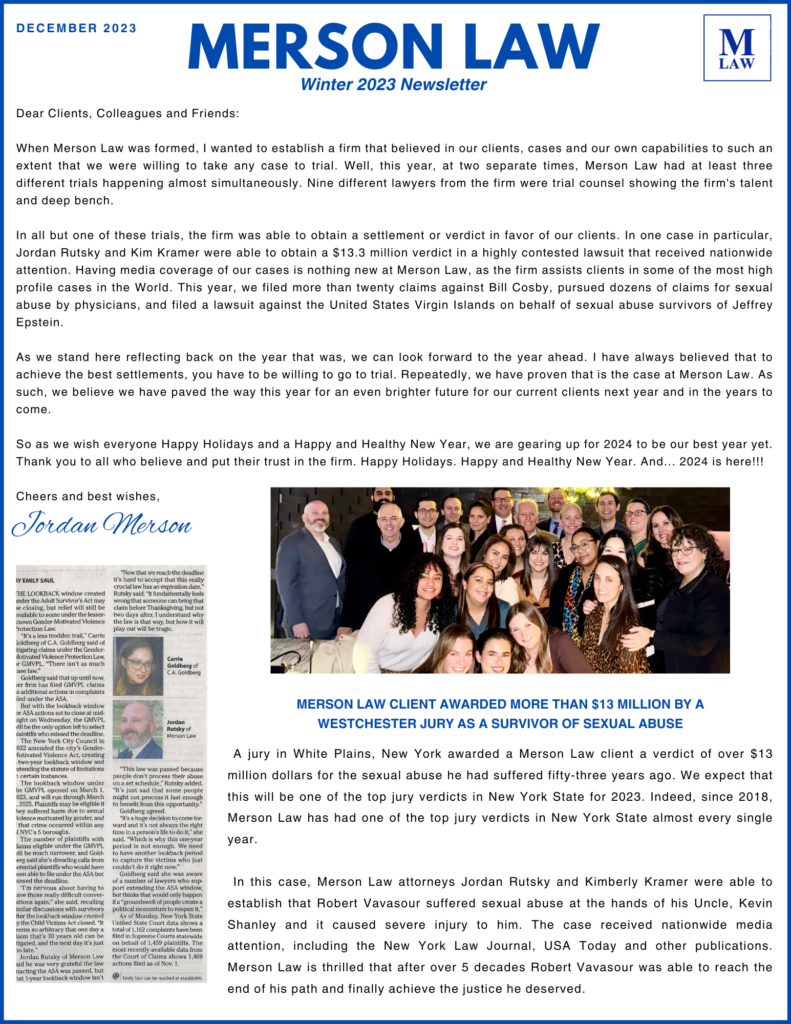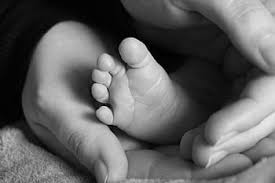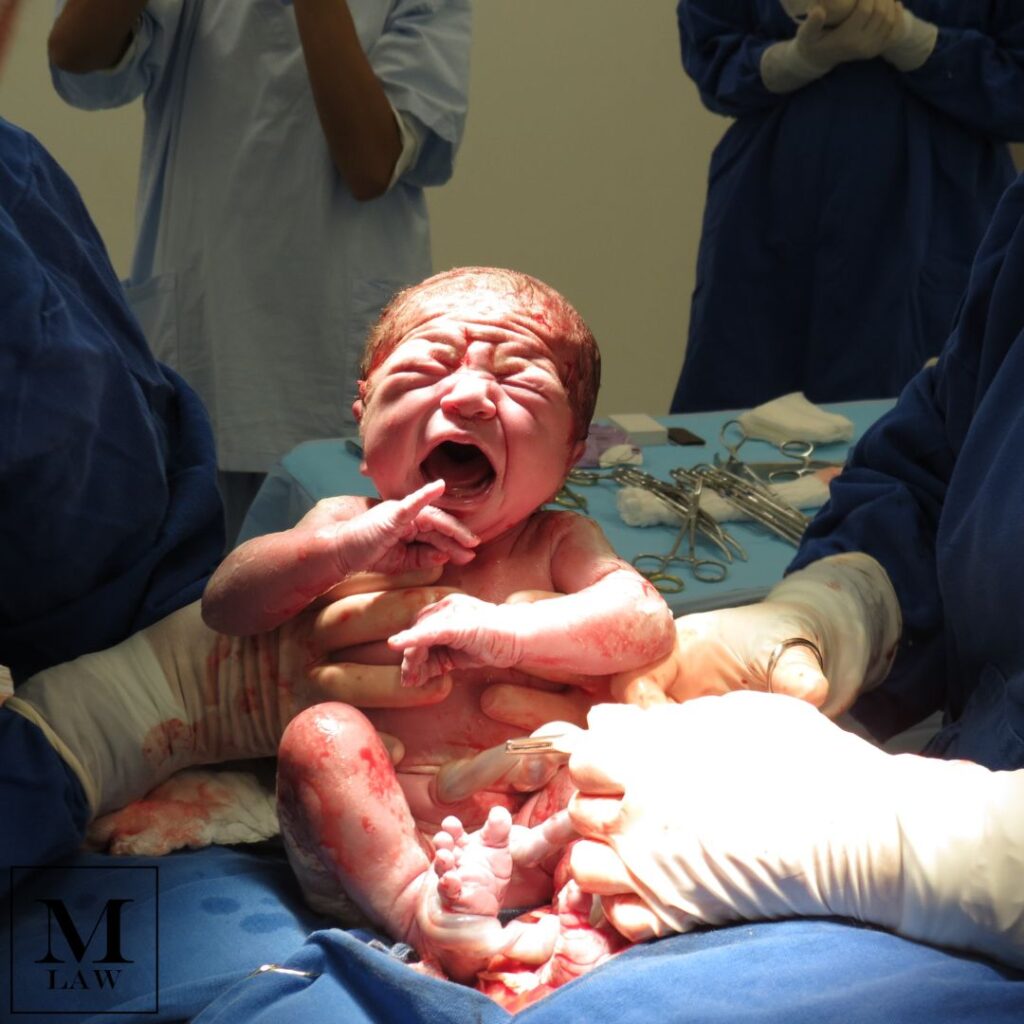A pediatrician who spent three years as a resident at Coney Island Hospital spoke to The Post’s Melkorka Licea about the frightening patient care the doctor witnessed and heard about in the 371-bed Brooklyn facility. Fearing more children will be put in harm’s way, the physician wanted to shed light on the chronic negligence, unqualified care and poor supervision that plagues the city-run institution.
My fellow student physician was working a typical 12-hour shift when a panicked father ran into the pediatric clinic holding his son, who was limp and almost gray.
His pulse was frighteningly slow and he wasn’t breathing.
The father was Middle Eastern and couldn’t tell my fellow doctor-in-training what was wrong. There was no translator. The 5-year-old boy had no obvious injuries.
After a few moments, the boy’s pulse stopped.
The young resident started CPR immediately and ordered the nurses to get an IV and an adrenaline shot from the crash cart.
They just stared back blankly. They had no idea what was needed or where to find it.
There was supposed to be a supervising doctor overseeing everything — but he wasn’t around.
The nurses finally brought the cart, and the student doctor frantically searched for the adrenaline while the child lay clinically dead for several minutes. The attending doctor finally showed up, but just stood there offering no advice.
My colleague found the epinephrine (adrenaline) and shot it into the IV, which the student doctor had to insert alone. The heartbeat started up again.
The child was rushed to the ER and then transferred to an ICU at another hospital. We never found out what happened to the little boy. But because of the loss of oxygen to his brain, the odds are he’s severely brain-damaged.
We were chronically understaffed and most of the nurses were pulled from other departments. They didn’t know how to find a vein in a child’s arm for an IV, or how to perform CPR on a tiny infant.
I had already heard about Coney’s reputation for being unsafe for patients from fellow students and instructors, and it didn’t take long for me to realize it was especially dangerous for children.
Each time a kid was brought to the emergency room, it felt like you were running a one-man show.
We were chronically understaffed and most of the nurses were pulled from other departments. They didn’t know how to find a vein in a child’s arm for an IV, or how to perform CPR on a tiny infant.
During a critical situation, your staff is kind of like your army — if they aren’t strong, then you’ll lose the battle for life.
In my third year, when students often work 24-hour shifts, an infant with bronchiolitis was admitted.
Right from the start, I didn’t like the way he looked. He was in distress and taking lots of quick breaths.
Despite giving him nebulizer treatments and nasal suctions, he wasn’t getting any better. Very little air was actually moving through his lungs.
After a certain amount of time, a baby struggling to breathe becomes exhausted — so their breathing begins to slow.
I wanted to transfer him to an ICU right away because I knew we didn’t have the CPAP, a type of mask that helps stabilize breathing, and they did.
I called the attending physician to come over and take a look. To my shock, he seemed to think that the baby’s fatigued breathing was a sign he was getting better.
“No, listen to him,” I pleaded. “He’s tired and needs to go to an ICU.”
After several hours of inaction, the baby’s condition worsened. His breathing was shallow and weak. He was entering respiratory failure. The doctor finally sent the child to the ICU.
Kids were treated willy-nilly every day. It didn’t matter if they came in for a splinter or anaphylactic shock, the staff would throw every possible drug and antibiotic at the child — rather than use evidence-based medicine and take the time to come up with a real diagnosis.
Children often came in with gashes from falling. The wounds should have been sutured. But we were ordered by doctors to glue and tape the wounds shut. Of course that would lead to scabs being ripped open when the tape was removed and greater scarring.
In addition to staff not being adequately trained for the specialized departments where they were thrown, the hospital was plagued by a poor work ethic. The staff would leave regularly to get food or take naps, while lax attending physicians failed to lead.
Many physicians were not up to date on current medical guidelines and practiced outdated methods.
The city Health and Hospitals Corp., which is supposed to run the hospital, never gave it the funding, staffing, equipment and leadership it needed to get better. It seemed that heads only rolled when a particularly egregious malpractice case made headlines.
One of the worst experiences I had was when a pale, 4-year-old girl was brought in mid-seizure. Only the whites of her eyes showed and her body convulsed violently.
Since it wasn’t a febrile seizure — the common type caused by fevers — we knew right off the bat it was serious.
The first thing I asked the nurses to do was prepare an IV. But they hadn’t gathered the tourniquet and IV needle in advance, nor did they know where the supplies were kept. I had to leave the child to gather everything myself.
It was like the nurses didn’t care if this child lived or died.
Then, I asked for Ativan, a strong sedative that helps stop seizures. The nurses refused and said I needed to log the prescription into the computer first.
In an emergency situation, that was completely inappropriate. It was like they didn’t care if this child lived or died.
Again I had to waste precious time. As soon as the little girl got the meds, her body relaxed and she was given a CT scan to make sure her brain wasn’t bleeding. She was transferred immediately to an outside ICU for proper care of a likely seizure disorder.
I was so nervous and scared every time I walked into work.
When we become physicians, we all take an oath to “do no harm.” We are always supposed to pick the procedure that will cause the least harm to patients. This concept seems to be lost at Coney Island.
I had no support there.
On my last day, after three nightmarish years, I was happy to leave forever.
But I still fear for the children.
City has long known about this hell hospital’s troubles
Coney Island Hospital has a long track record of substandard care.
Brooklyn grandmother Grisel Soto’s February death in the ER of the 371-bed Brooklyn facility — after what her family said was a misdiagnosis and botched treatment — set off an investigation that found six federal code deficiencies for patient rights and emergency services.
Soto was apparently suffering from meningitis, but her family contends she was instead treated as emotionally disturbed and tied to her bed. They have filed a notice of claim to sue the city Health and Hospitals Corp.
Two hospital honchos were reassigned after Soto’s death in order “to improve the patient experience at the hospital,” although HHC said the move was not related to any one incident. Two other executives, the director of emergency nursing and the chief nursing officer put in their retirement papers.
Other allegations of botched care include:
- A 40-year-old patient who died in 2013 after a transfusion with the wrong type of blood.
- A baby born with a brain injury after the hospital failed to diagnose a condition in which fluid builds up in the fetus. HHC paid $5 million last year to settle a lawsuit brought by the infant’s family.
- A Brooklyn man who says surgeons operated on the wrong spinal disc in 2014. He’s suing.
Consumer Reports gave Coney Island Hospital a patient safety score of 37 out of 100 in 2015, putting it near the bottom of hospitals in New York state. The score measures factors such as infections and readmissions.
The patient satisfaction score at Coney Island, according to the state Health Department, is 63 percent, also near the bottom of all hospitals.
The state DOH issued 34 citations to the hospital following four inspections from July 2012 through June 2015.
“The health and safety of our patients continues to be our top priority and we take all allegations against our essential health-care delivery system very seriously,” an HHC spokeswoman said in response to the physician’s critique. “As part of the Vision 2020 transformation plan . . . we continue to prioritize patient care and experience, and recently changed leadership at NYC Health + Hospitals/Coney Island to help in this transformation to deliver on our promise for excellent patient care.”
Original story found in the NYPOST story.
Merson Law has built a trusted reputation representing people who have suffered catastrophic injuries. The team at Merson Law has extensive experience litigating cases valued in excess of $1 million and much of their background includes prosecuting cases that have resolved for more than $10 million. If you need our help, contact us now for a free consultation and medical evaluation.







